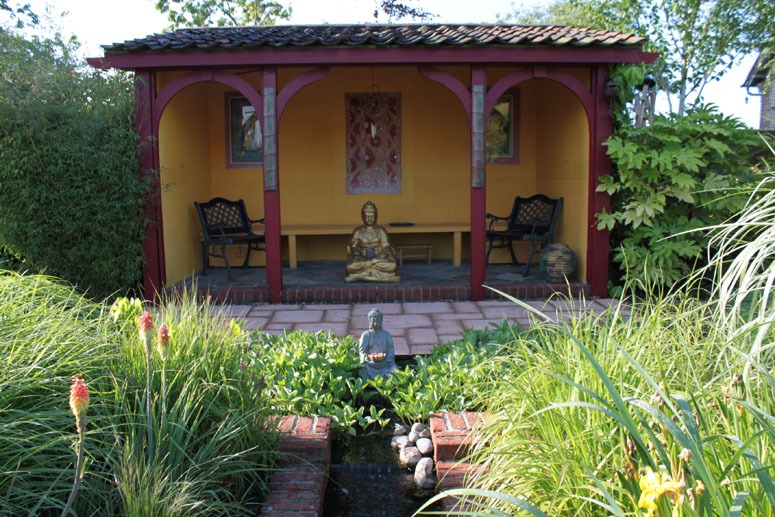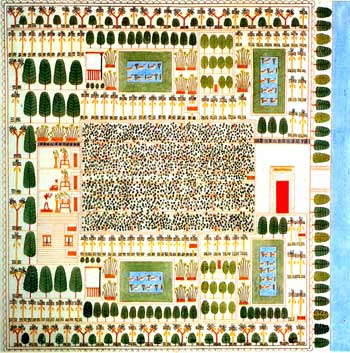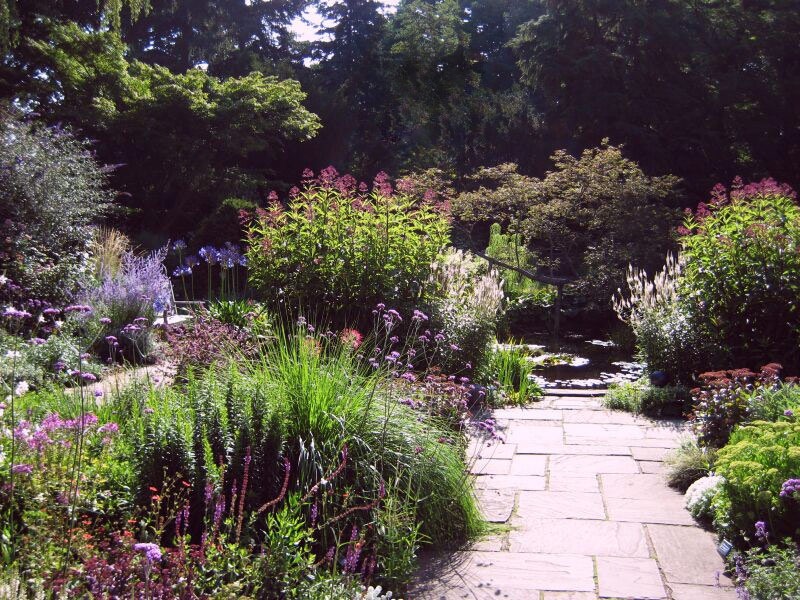The latest Gardenvisit.com Newsletter recommends holidays at home for this year of recession – and with the best summer weather for several years (so far!) the idea is working well in the UK.
I too have been visiting a lot of English gardens this summer – and looking for places to stay. My preference, always, is for accommodation with interesting gardens. Grand garden hotels, like Cliveden and Ston Easton, are luxuriously OK but not in keeping with the recession theme, or my arrive-late-leave-early habits – or my budget.
So what about B&B accommodation? I had some intersting experiences ten years ago, with greasy food, greasy carpets and odd landladies. But the property development boom of the last decade has produced some very comfortable places run by charming people with an interest in garden design. For example, I have stayed recently in Millgate House and, last week, in the Corner House in Maiden Bradley where I was very interested in the Indian garden. Most people’s idea of an Indian garden, especially in India, is an Islamic garden. But the Hindus and Buddhists had a far older and far more Indian approach to garden design – which involved roofed pavilions, garden shrines and pools.
Please email us if you run or can recommend, good accommodation with interesting gardens, and we will put together a list.




 Gardenvisit.com is most grateful to Marija Calden for help with adding new gardens updating Garden Finder entries for Germany. See for example:
Gardenvisit.com is most grateful to Marija Calden for help with adding new gardens updating Garden Finder entries for Germany. See for example: